Home > Climate News >

Agrivoltaics proves mutually beneficial
Building resiliency in renewable energy and food production is a fundamental challenge in today’s changing world, especially in regions susceptible to heat and drought.
Agrivoltaics, the co-locating of agriculture and solar photovoltaic panels, offers a possible solution, with new University of Arizona-led research reporting positive impacts on food production, water savings, and the efficiency of electricity production…
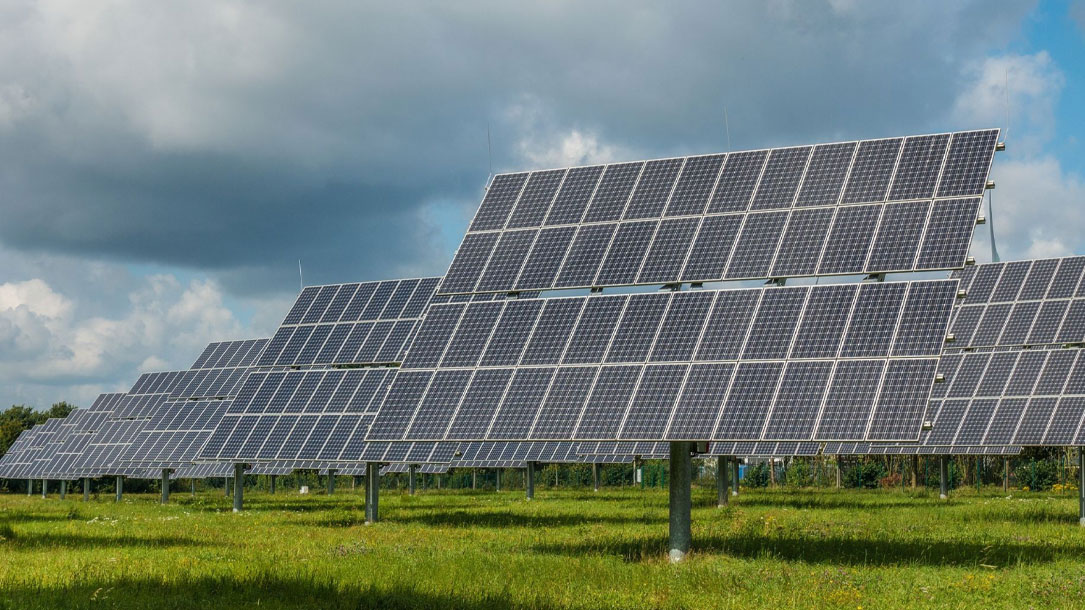
Sheep get to work maintaining Newfield solar array
As solar panels in the 30-acre array off of Millard Hill Road in Newfield soaked up Tuesday morning’s sunshine, a new kind of maintenance crew was headed out to work: a flock of about 45 sheep. Though timid about getting out of their trailer and exploring the new surroundings at first (it was their first time leaving their home farm in Enfield), the lambs quickly got to work munching down on the tall grass, clovers, forbs, and other greenery sprouting up between the panels.
The solar panels in Newfield were Nexamp’s [a solar energy team’s] first community solar project in New York and officially went online last year…
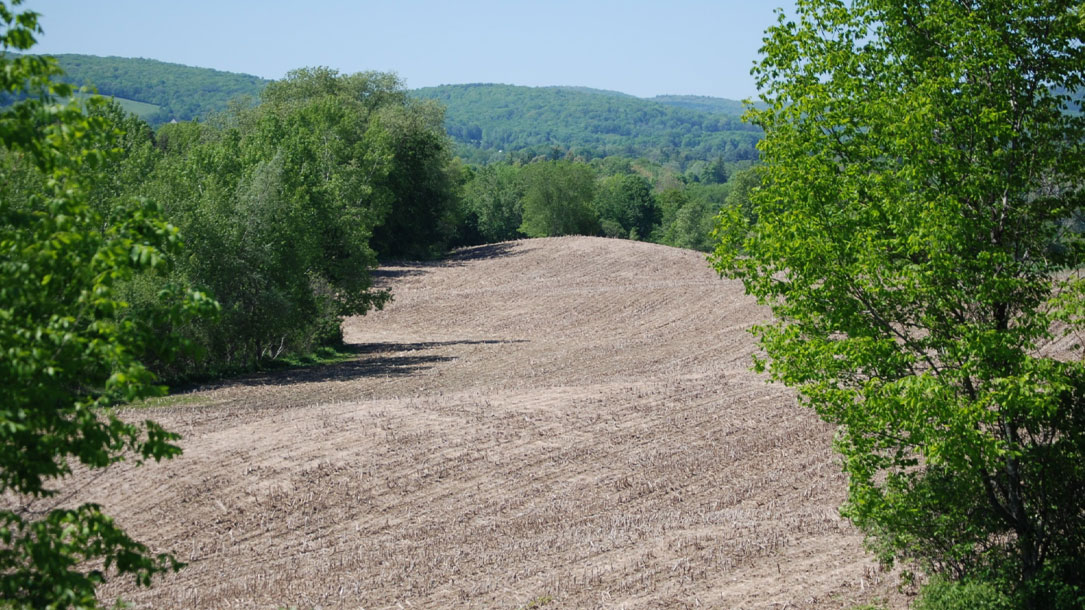
For climate-smart farmers, carbon solution is in the soil
There’s a new agricultural commodity that farmers, food giants, and grassroots groups are all rallying behind: carbon.
Proponents say that if the United States’ 20th-century success as a global agricultural power was measured by how much food came from American soil, the 21st century offers a new paradigm: measuring how much carbon dioxide American farmers can retain in the soil while still producing food…
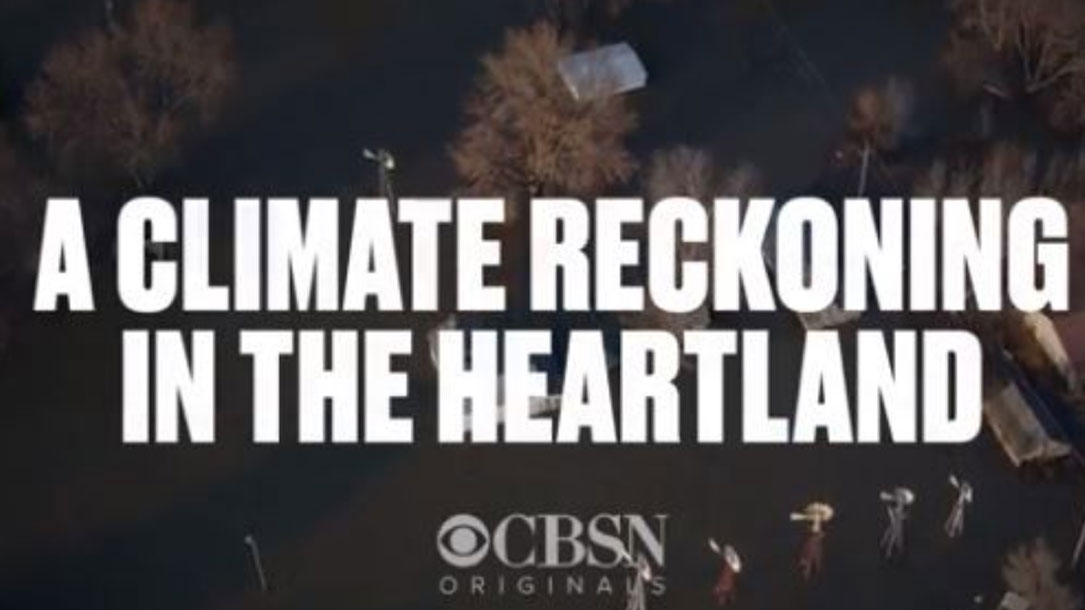
“I’m not a climate change guy, but…” Farmers reckon with new reality in the heartland: Video
The reality is that protecting land for future generations is now more at risk than ever before: families’ lives are at stake. We need to rethink what conservation will mean into the future.
In response to troubling weather patterns and climate changes, some farmers in Nebraska are considering new solutions to keep their businesses afloat. One of those farmers, Graham Christensen, travels the country discussing a green farming initiative called regenerative farming…

The next regeneration
From behind the wheel, Ben Dobson, the farm manager, explained why his farm was unseasonably busy. “The basic premise of what people are now calling ‘carbon farming’ is that the earth’s surfaces were made to photosynthesize,” he said, eyeing his fields with a relaxed confidence.
It’s all part of a natural cycle: On warm days, Dobson’s crops pull carbon dioxide from the sky and release it into the soil where it nourishes developing plants. Even in the dead of winter, the fields are full of roots working to keep carbon in the soil. This is one of the ways that Dobson’s farm is able to keep carbon dioxide, the main greenhouse gas responsible for climate change, in the ground…

Two families lock in a deal to ensure their farmland never becomes home to a warehouse
After a warehouse popped up near their properties, two Union Township farmers recently took steps to make sure their land would never be put to the same use.
The Nye and Shuey families put conservation easements on their land deeds, which means the land will have to be used for agricultural purposes in the future, no matter how often it is sold.
“I hate to see these warehouses going up,” said Deb Shuey, who preserved more than 100 acres of her land. “I would like to see this land stay as farmland and not be developed…”

The new plan to remove a trillion tons of carbon dioxide from the atmosphere? Bury it in farmland.
“Carbon dioxide levels in the atmosphere [recently] surpassed 415 parts per million, the highest in human history. Environmental experts say the world is increasingly on a path toward a climate crisis.
The most prominent efforts to prevent that crisis involve reducing carbon emissions. But another idea is also starting to gain traction—sucking all that carbon out of the atmosphere and storing it underground.
But an upstart company, Boston-based Indigo AG, now wants to transform farming practices so that agriculture becomes quite the opposite of what it is today (a major source of greenhouse gas emissions)…
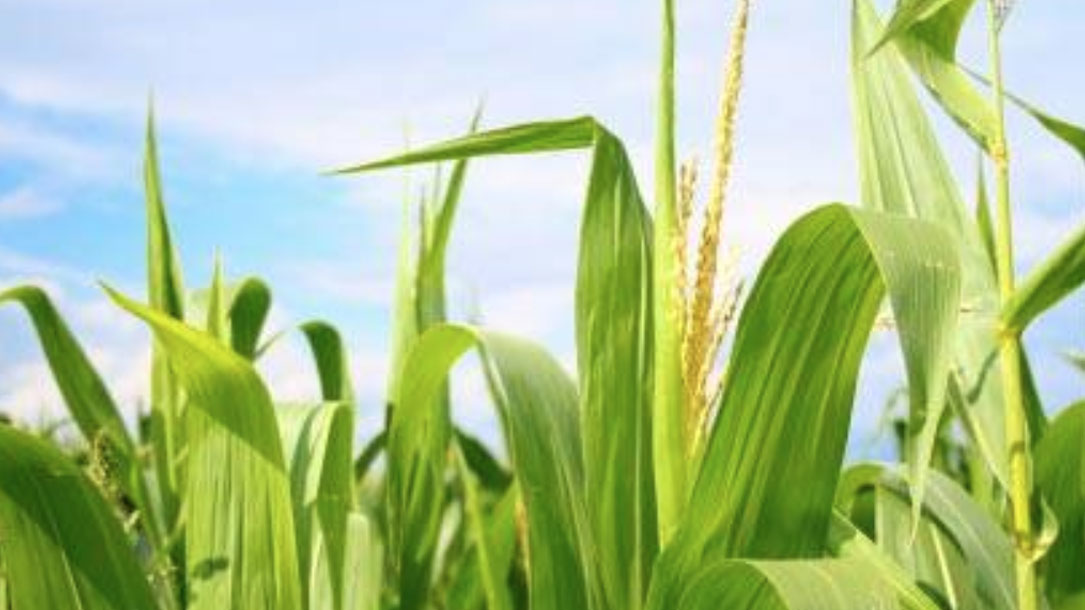
Corn’s Troubled Future Under Climate Change
“There’s something horribly ironic about the recent report from Environment America that suggests American corn yields will decline 3 percent in coming years due to anthropogenic global warming.
The report itself is bad news.
It suggests that contrary to much-ballyhooed studies and predictions that American crop yields will increase due to a longer growing season and the carbon fertilization effect, which increases crop growth due to greater atmospheric carbon for plants to feed on, American corn farmers in coming years will lose over a billion dollars in revenue annually as irregular precipitation and overly-warm temperatures stunt crop growth…”
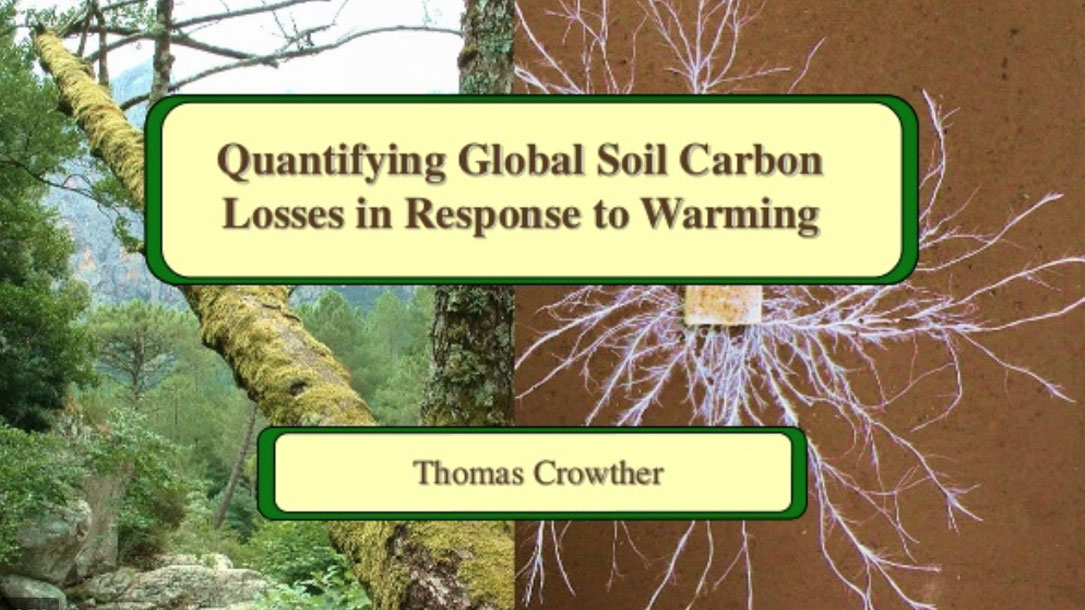
Quantifying global soil carbon losses in response to warming
“The majority of the Earth’s terrestrial carbon is stored in the soil. If anthropogenic warming stimulates the loss of this carbon to the atmosphere, it could drive further planetary warming. Despite evidence that warming enhances carbon fluxes to and from the soil, the net global balance between these responses remains uncertain. Here we present a comprehensive analysis of warming-induced changes in soil carbon stocks by assembling data from 49 field experiments located across North America, Europe and Asia. We find that the effects of warming are contingent on the size of the initial soil carbon stock, with considerable losses occurring in high-latitude areas…”
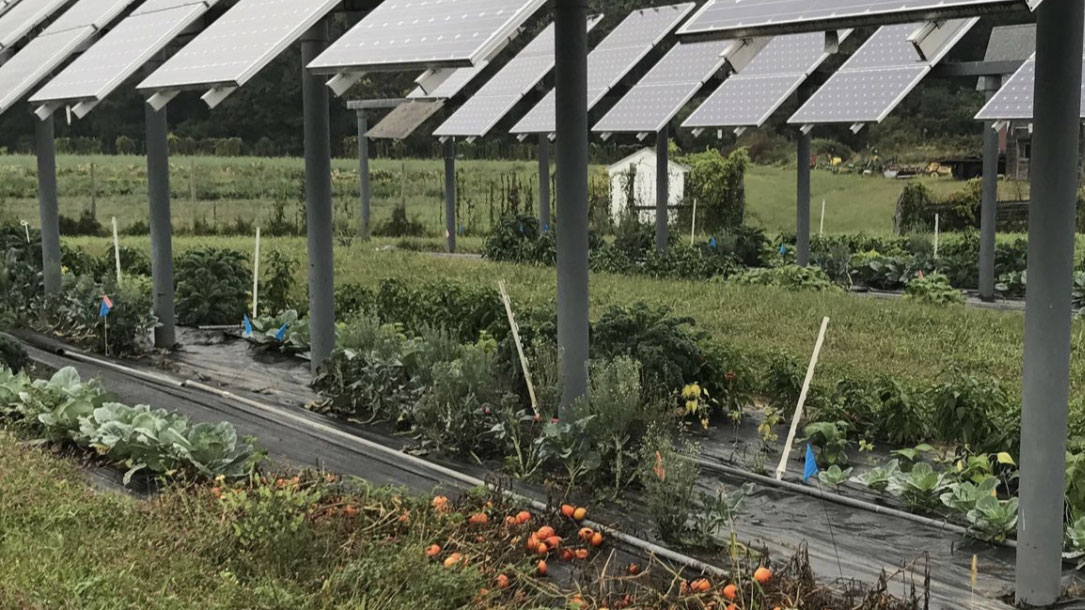
Michigan to Allow Commercial Solar Panels on Conserved Farmland
“This administrative decision will not result in a loss of useable farmland,” MDARD Director Gary McDowell said in a statement. “The change ensures that Michigan’s farmland is preserved so we can continue to feed our communities while also balancing the need to develop renewable energy sources. This is an exciting new opportunity for Michigan’s farmers to diversify while they continue to face challenging circumstances.”












